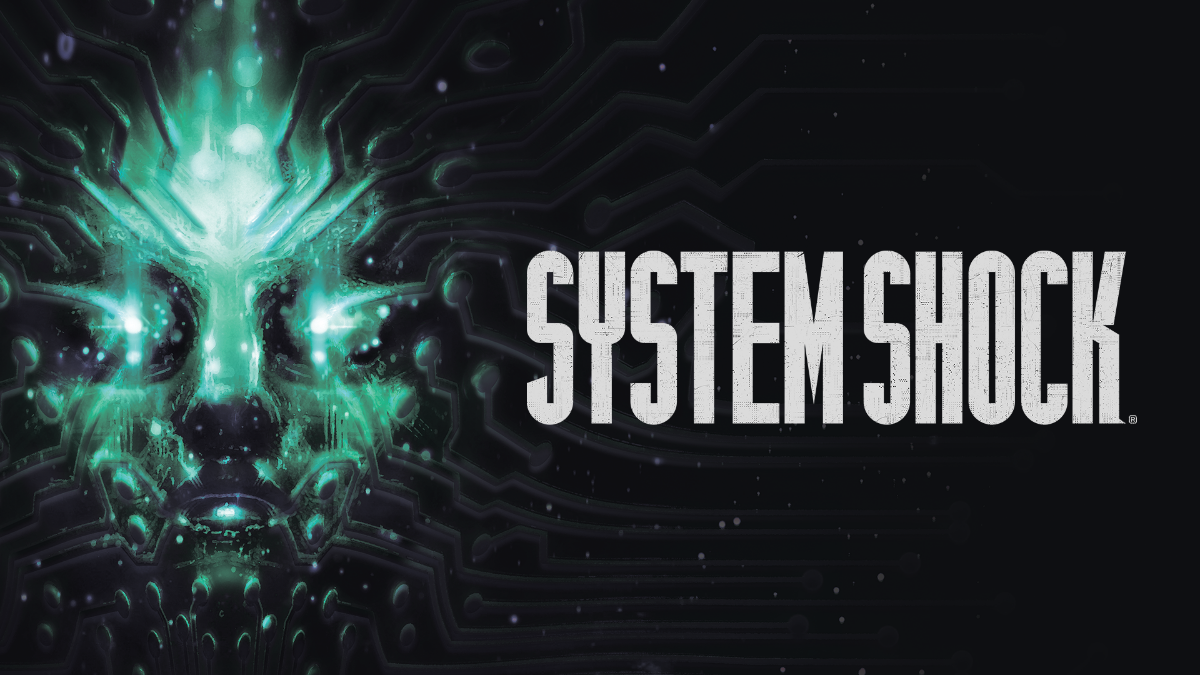NASA Selects Intuitive Machines for New Lunar Science Delivery

NASA has awarded Intuitive Machines of Houston a contract to deliver research, including science investigations and a technology demonstration, to the Moon in 2024. The commercial delivery is part of NASA’s Commercial Lunar Payload Services (CLPS) initiative and the Artemis program.
The investigations aboard Intuitive Machines’ Nova-C lander are destined for Reiner Gamma, one of the most distinctive and enigmatic natural features on the Moon. Known as a lunar swirl, Reiner Gamma is on the western edge of the Moon, as seen from Earth, and is one of the most visible lunar swirls. Scientists continue to learn what lunar swirls are, how they form, and their relationship to the Moon’s magnetic field.
“This delivery to the Moon will help the U.S. expand our capabilities and learn more about this interesting region,” said Thomas Zurbuchen, associate administrator for NASA’s Science Mission Directorate in Washington. “Observing lunar swirls can give us information about the Moon’s radiation environment and perhaps how to mitigate its effects. With more and more science and technology demonstrations on the lunar surface, we can help prepare for sustainable astronaut missions through Artemis.”
Intuitive Machines will receive $77.5 million for the contract and is responsible for end-to-end delivery services, including payload integration, delivery from Earth to the surface of the Moon, and payload operations. This is Intuitive Machines’ third task order award, the first of which is a delivery to Oceanus Procellarum on the Moon during the first quarter of 2022. This award is the seventh surface delivery task award issued to a CLPS partner.
“These investigations show how CLPS is capable of delivering payloads to the lunar surface that will address our primary scientific goals for lunar exploration and discovery,” said Chris Culbert, manager of the CLPS initiative at NASA’s Johnson Space Center in Houston. “We aim to learn more about lunar swirls and this payload manifest is designed to obtain data unique to the geographical feature of Reiner Gamma.”
The four investigations Intuitive Machines will deliver to Reiner Gamma are collectively expected to be about 203 pounds (92 kg) in mass and include:
- Lunar Vertex is among NASA’s Payloads and Research Investigations on the Surface of the Moon (PRISM) selections. It is a combination of stationary lander payloads and a rover that will make detailed measurements of the magnetic field, plasma environment and regolith properties. The lander and rover data will augment observations collected in orbit. Combined, the observations will help show how these mysterious lunar swirls form and evolve – and how they connect to local magnetic fields in the same regions. Lunar Vertex is funded through the agency’s Science Mission Directorate and is led by the Johns Hopkins Applied Physics Laboratory in Laurel, Maryland.
- Cooperative Autonomous Distributed Robotic Exploration (CADRE) consists of mobile robots programmed to work as an autonomous team to explore the lunar surface, collect data, and map different areas of the Moon in 3D. CADRE uses its inertial measurement unit, stereo cameras, and a Sun sensor to track the position of each robot as they explore the lunar surface. CADRE is funded by NASA’s Game Changing Development program under the agency’s Space Technology Mission Directorate and is led by NASA’s Jet Propulsion Laboratory in Pasadena, California.
- MoonLIGHT retroreflector is a laser retroreflector, which reflects laser beams sent from Earth directly back from the Moon to receivers on Earth. This allows very precise measurement of the distances between the reflector and the ground station. This technique can be used to investigate relativity, the gravitational dynamics of the Earth-Moon system and the deep lunar interior. MoonLIGHT is managed by the European Space Agency (ESA).
- Lunar Space Environment Monitor (LUSEM) uses a pair of apertures to detect high-energy particles on the lunar surface. LUSEM will monitor variations in the near-surface space environment when the Moon is inside and outside Earth’s magnetotail – the trailing end of the magnetic fields surrounding our planet, which can serve as a buffer for incoming radiation. LUSEM is managed by the Korea Astronomy and Space Science Institute (KASI) in South Korea.
As NASA continues plans for multiple commercial deliveries to the Moon, future payloads that may be delivered with CLPS could also include other rovers, power sources, and science experiments, including technology demonstrations to later be infused into the Artemis program.
Learn more about CLPS at:





